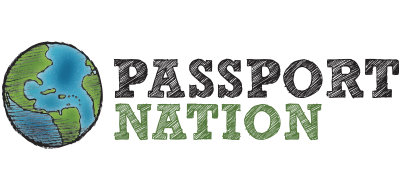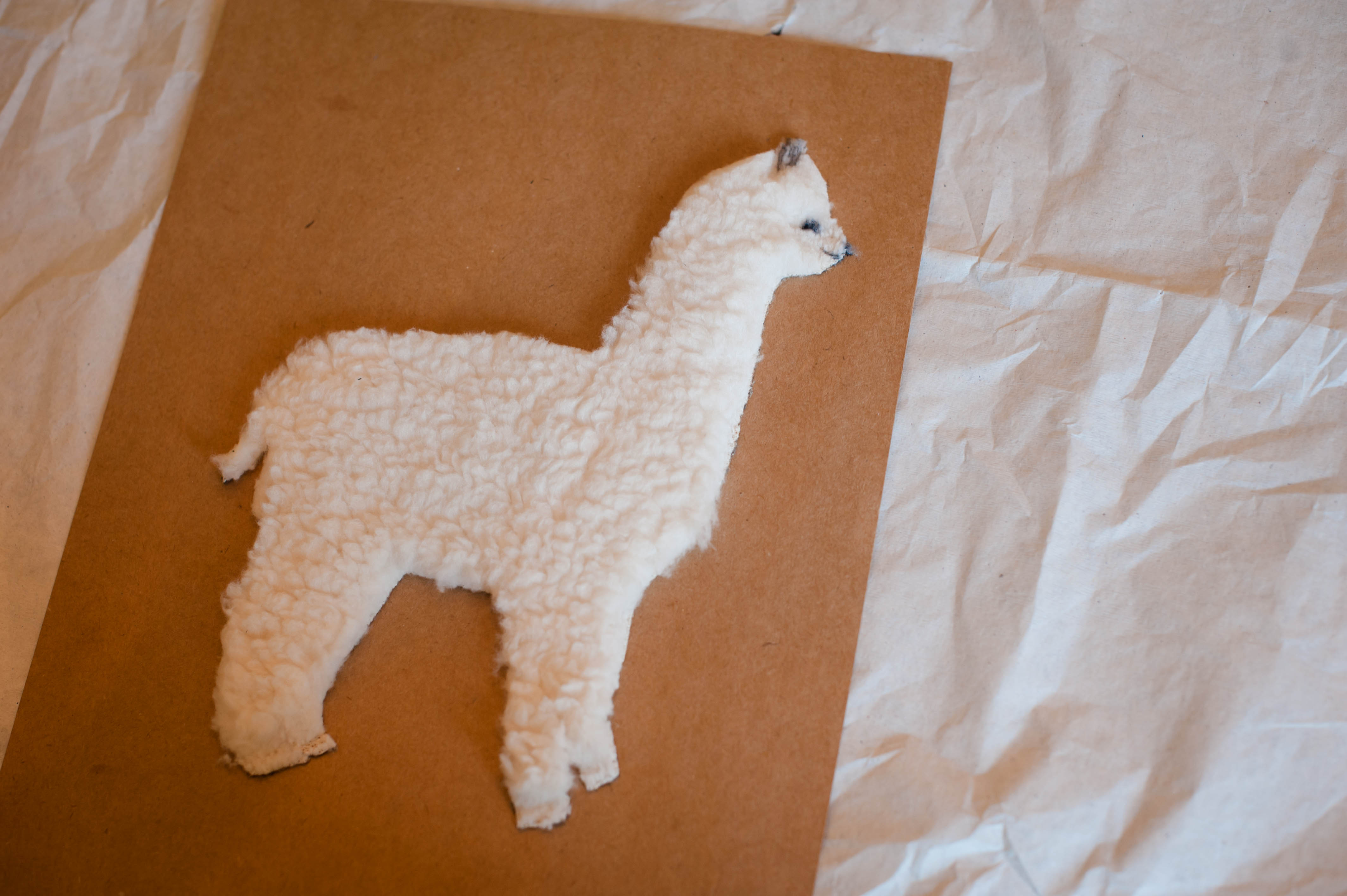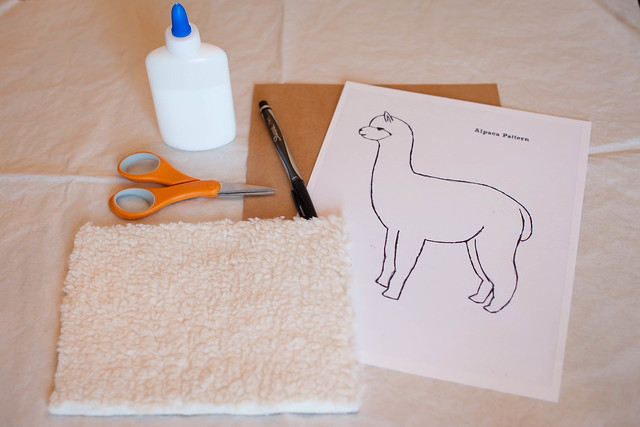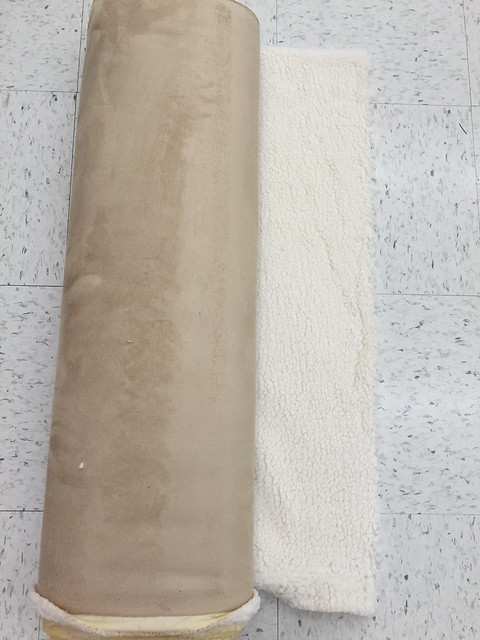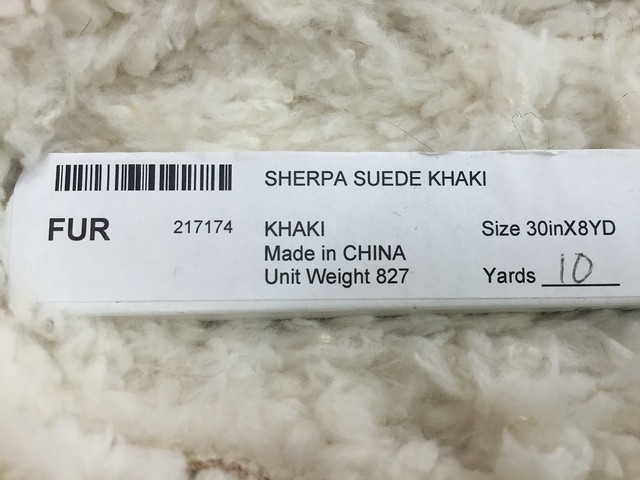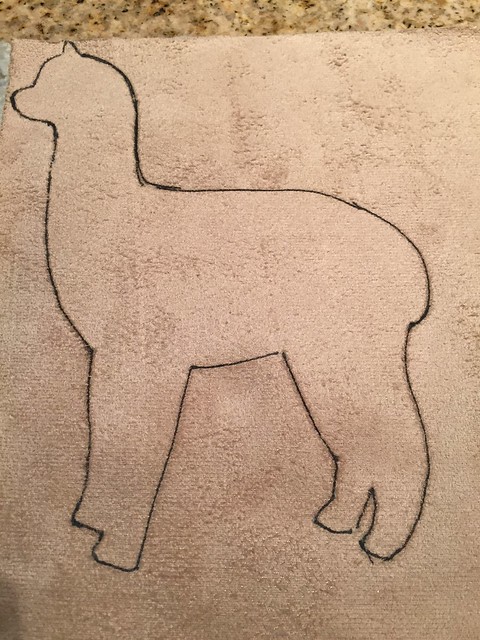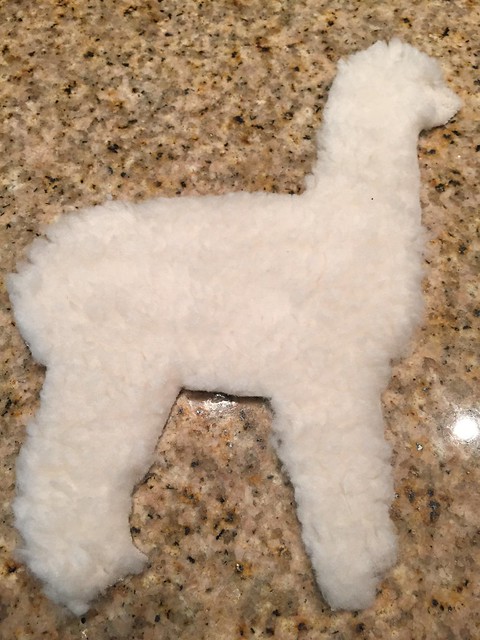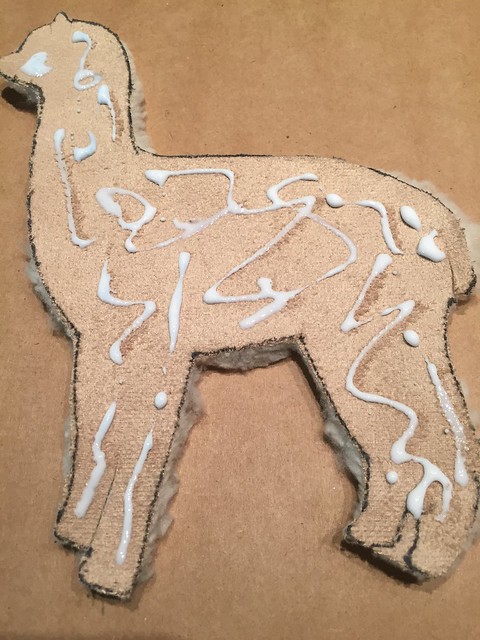Hats play a prominent role in all cultures because they serve important functions: protection from the elements, style, and cultural identity. For example, think of some prominent hat types in the American culture: the baseball cap, a cowboy hat, a snow toboggan.
In the same way, the people of Latin America have their own iconic headwear. For example, the chullo hat. The chullo (pronounced “chew-yo”) hat originates from Peru. Made of wool, the chullo has ear flaps to protect the ears in the cold Andes climate. It is usually very colorful and adorned with tassels and pom-poms. Worn by men and boys, they are often undersized compared to American standards.

traditional Peruvian chullo hat | source
The wool of alpacas is sheared and often made into yarn for knitting items like the chullo hat. Watch this fascinating video showing an alpaca being shorn of it’s wool.
Alpaca or Llama?
The wool used for the chullo is often wool from the alpaca. The alpaca is raised in many parts of the world, particularly in South America, though increasingly in North America as well.

alpaca | source
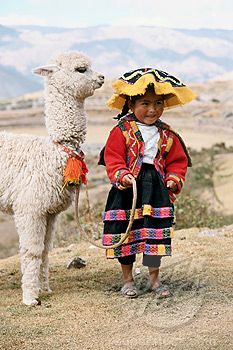
alpaca with Peruvian child | source
These pictures of the alpaca may make you think of the llama. So how do you know whether the animal you are looking at is an alpaca or a llama?
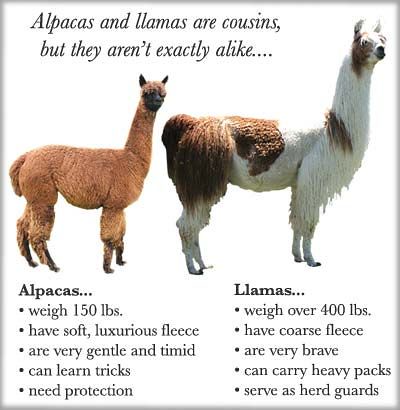
alpaca vs. llama | source
Key Differences:
Size: Alpacas weigh up to 150 lbs. while llamas weigh up to 450 lbs!
Use: Because of their larger size, llamas are used primarily as pack animals while alpacas are raised for their wool.
Similarities:
Both are herd animals
Apparently they both like to spit!
How can you tell them apart?
One identifying mark is their ears: Alpacas have “pickle spear” ears while llamas have “banana” ears (see image above). If going through this project in a classroom setting, consider bringing a couple of pickle spears (dry them off before using!) and two bananas for a demonstration.
Ready to make your own furry alpaca?! This project will help you become more familiar with the look and shape of an alpaca.
Materials
For this project you will need:
- Alpaca Template, printed on white cardstock
- soft fleece fabric, approximately a 6″ x 8″ rectangle per student
- white card stock or tan craft paper, 8.5″x11″
- glue
- black fine point sharpie
- Completed alpaca example
Note: this is the fabric on the bolt. One side is very soft fleece; the back side is a soft suede.
Before Class:
{if making this in a classroom setting}
Print alpaca pattern on cardstock and cut out pattern.
Place on reverse side of fleece fabric and trace outline of alpaca with a fine tip permanent marker.
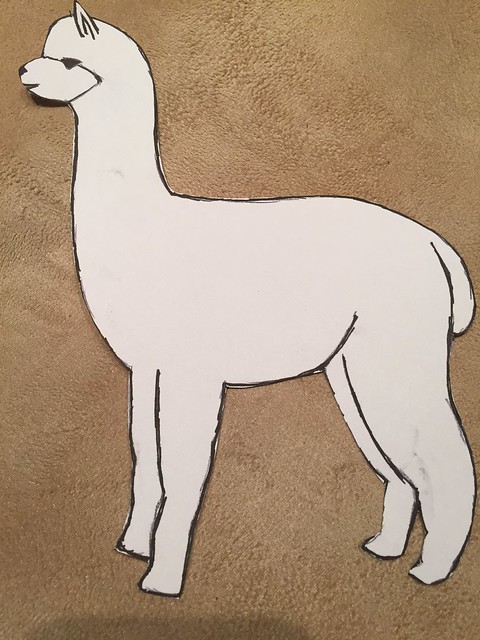
Repeat for the number of projects needed. Cut out rectangle shapes around outline and save for class.
During Class:
Cut out alpaca pattern on fabric.
Trim back a triangular portion of fur at the face, also the ear and hoof areas. Then color in eyes, nose, mouth and ear features with fine tip permanent marker.
Place liquid glue on the back of the alpaca and stick to an 8.5″x11″ piece of card stock or craft paper.
Tidy up the alpaca project by trimming excess fur from the edges of the animal.
How grateful we can all be for God’s great provision for us through this amazing creature – the alpaca and its wool fur!
